The 10 Best Houseplants for Beginners and New Plant Parents
Embarking on the journey of indoor plant parenting can be both exciting and a little daunting. For beginners, the key to interior plantscaping lies in choosing plants that are forgiving and easy to care for. Fortunately, the world of houseplants is full of varieties that are hardy and require minimal fuss. This guide will introduce you to 10 such plants, perfect for new plant parents looking to upgrade their gardens with style and confidence.
What We’ll Cover:
- Snake Plant (Sansevieria)
- Spider Plant (Chlorophytum comosum)
- Pothos (Epipremnum aureum)
- ZZ Plant (Zamioculcas zamiifolia)
- Peace Lily (Spathiphyllum)
- Aloe Vera
- Rubber Plant (Ficus elastica)
- Philodendron
- Jade Plant (Crassula ovata)
- Boston Fern (Nephrolepis exaltata)
- Key Takeaways
1) Snake Plant (Sansevieria)
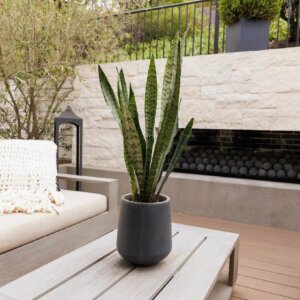
The Snake Plant is almost indestructible and is renowned for its resilience. It thrives on neglect and is perfect for those who might forget to water now and then.
- Watering: Only needs watering every 2-3 weeks. Overwatering can cause root rot, so it’s best to err on the side of too dry rather than too wet.
- Sunlight: It can survive in low light conditions but grows best in indirect sunlight.
- Soil: Prefers well-draining potting mix.
2) Spider Plant (Chlorophytum comosum)
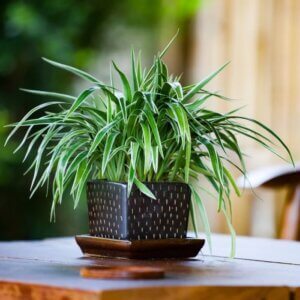
Spider Plants are not only easy to care for but also excellent at purifying the air. They’re known for their arching leaves and small plantlets.
- Watering: Keep the soil evenly moist and water about once a week.
- Sunlight: Prefers bright, indirect light but can tolerate lower light conditions.
- Soil: Does well in a well-draining, all-purpose potting mix.
3) Pothos (Epipremnum aureum)
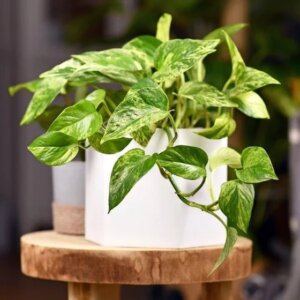
Pothos, with its heart-shaped leaves, is a versatile and low-maintenance plant, ideal for hanging baskets or as a climbing plant.
- Watering: Let the soil dry out between waterings, typically every 1-2 weeks.
- Sunlight: Adapts well to low light but thrives in bright, indirect light.
- Soil: Any standard potting soil with good drainage will do.
4) ZZ Plant (Zamioculcas zamiifolia)
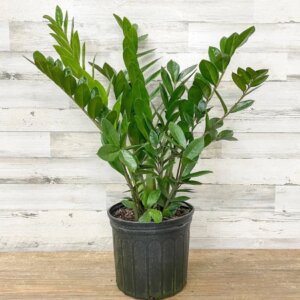
The ZZ Plant is known for its ability to withstand drought and low-light conditions, making it nearly indestructible as part of your interior plantscaping.
- Watering: Water sparingly, every 2-3 weeks, allowing the soil to dry out between waterings.
- Sunlight: Tolerates low light but grows best in bright, indirect sunlight.
- Soil: Prefers well-draining potting soil.
5) Peace Lily (Spathiphyllum)
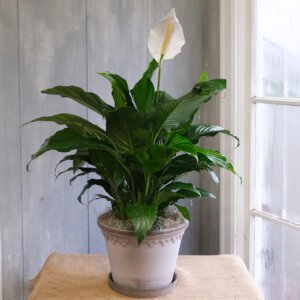
Peace Lilies are not only beautiful, with their white blooms and dark leaves, but they also signal when they need water by drooping slightly.
- Watering: Keep the soil consistently moist; generally, water once a week.
- Sunlight: Prefers low to medium, indirect light.
- Soil: Thrives in a rich, well-draining potting mix.
Do you need help decorating your corporate garden?
6) Aloe Vera
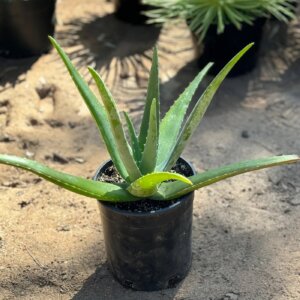
Aloe Vera is as practical as it is easy to care for, known for its medicinal properties, particularly in soothing burns and cuts.
- Watering: Water deeply but infrequently, around every 2-3 weeks.
- Sunlight: Best in bright, indirect light, or artificial light.
- Soil: Use a cactus mix or a sandy, well-draining potting mix.
7) Rubber Plant (Ficus elastica)
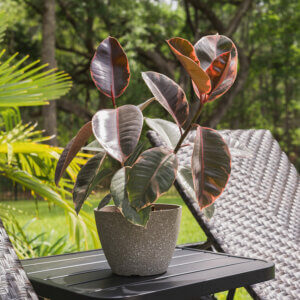
The Rubber Plant is appreciated for its glossy leaves and can grow quite large, making it a striking addition to any space.
- Watering: Allow the top inch of soil to dry out between waterings.
- Sunlight: Prefers bright, indirect light but can adapt to lower light levels.
- Soil: A well-draining potting mix is ideal.
8) Philodendron

Philodendrons are beloved for their lush, cascading leaves. They are adaptable and forgiving, perfect for adding a tropical feel to your space.
- Watering: Let the top inch of soil dry out; typically, water every 1-2 weeks.
- Sunlight: Does well in moderate, indirect light.
- Soil: A peat-based potting mix is best.
9) Jade Plant (Crassula ovata)
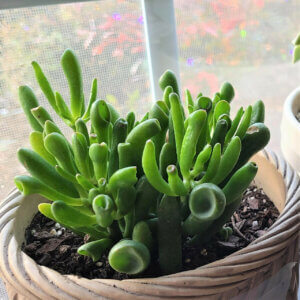
Jade Plants are succulents that have a tree-like appearance as they mature. They are drought-resistant and long-lived.
- Watering: Allow the soil to dry out completely between waterings, usually every 2-3 weeks.
- Sunlight: Thrives in full sun to partial shade.
- Soil: A sandy, well-draining potting mix is best.
10) Boston Fern (Nephrolepis exaltata)
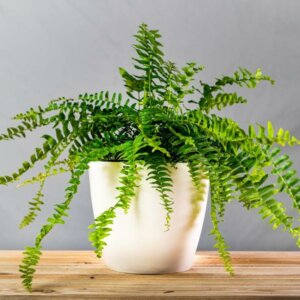
Boston Ferns are lush and leafy, adding a touch of elegance. They are especially great for hanging baskets.
- Watering: Keep the soil consistently moist; watering about once a week is usually sufficient.
- Sunlight: Prefers bright, indirect light but can tolerate lower light conditions.
- Soil: Best in rich, loamy, well-draining potting soil.
Key Takeaways
Starting your plant parenting journey with these ten houseplants sets you up for success. They are not only hardy and easy to care for but also add aesthetic value and a sense of calm to your home. Remember, the key to happy plants is understanding their basic needs – watering, sunlight, and soil – and these selections are forgiving enough to thrive even with a bit of inexperience. Whether you’re sprucing up your home or enhancing your office planting design, these plants are excellent starters for any aspiring green thumb. Happy planting!
Are you ready to set up your indoor garden?
View Our Other Plant Care Tips
- Lawn and Garden
- Tropical Plants
- Ferns
- Philodendrons
- Fiddle Leaf Figs
- Why Are My House Plants Dying?
- How to Find the Best Garden Decor
- Top 10 Pet-Safe House Plants
- What’s the Difference Between Plantscaping and Landscaping?
Boston’s #1 Choice for Interior Planting Design
Foliaire is a full-service interior and exterior greenscape design-build firm in Boston’s historic South End. For over 40 years, we’ve provided award-winning interior plantscaping services in the Boston Metro area.
We customize and plan our roof garden projects and interior plantscaping to fit your unique space and tastes. That’s how we’ve built a reputation of unparalleled style and elegance for corporate plantscaping and residential community projects.
In addition, we’ve received several environmental design awards and have appeared in several publications. You can find us in Architectural Digest, House and Garden, Horticulture, and Interiorscape.
Follow us on social media @Foliaire for more valuable plant care advice:

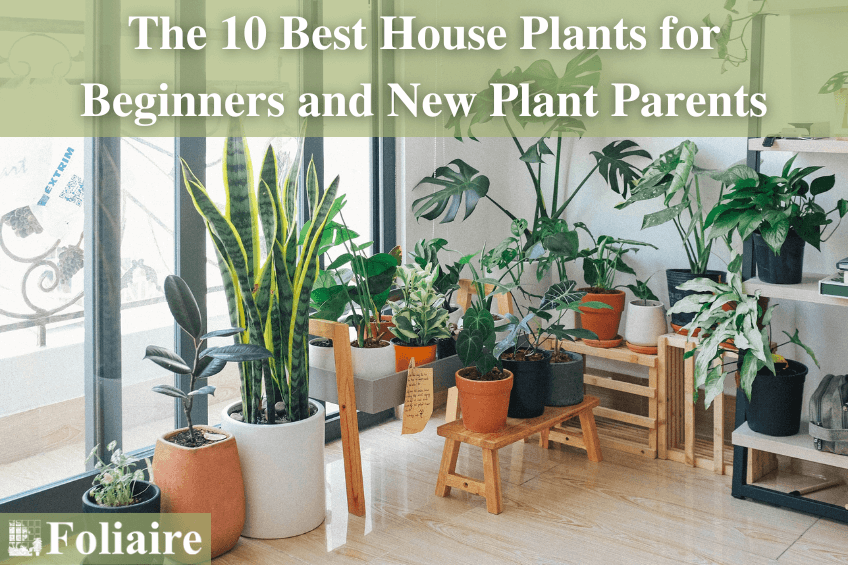


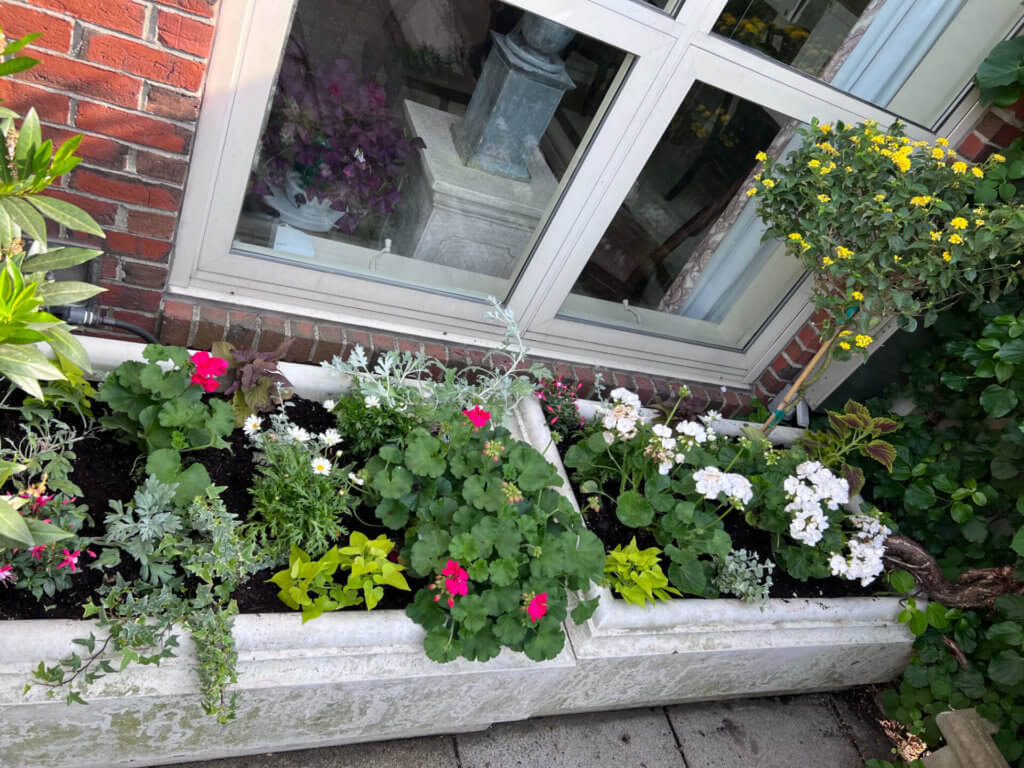

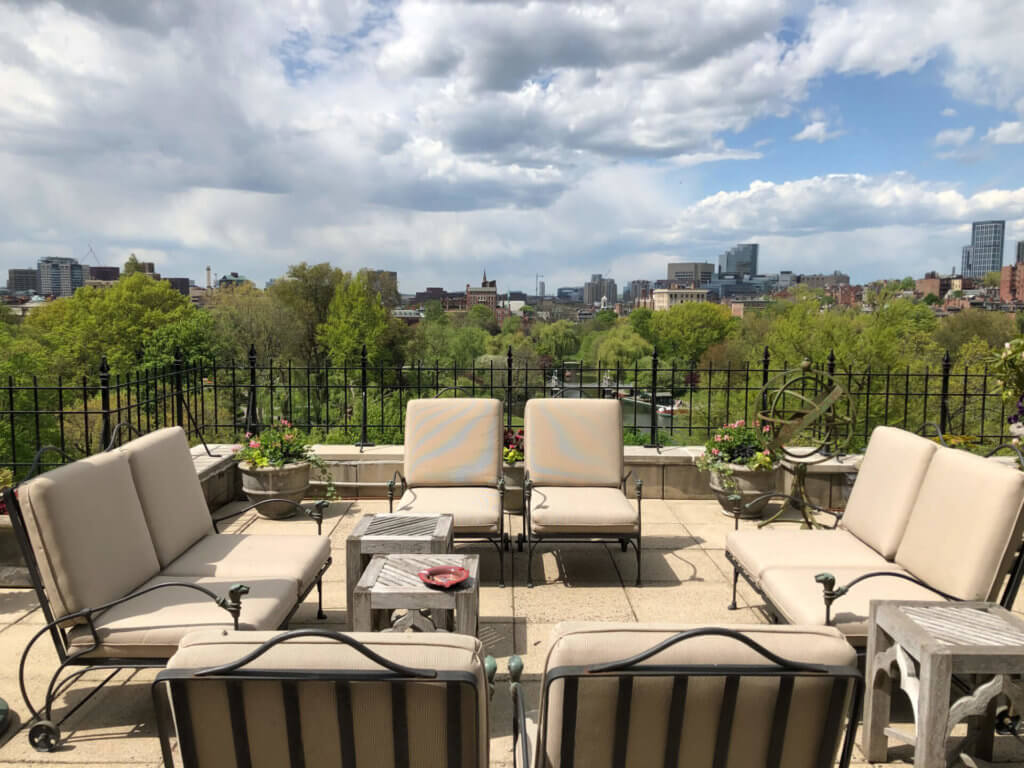
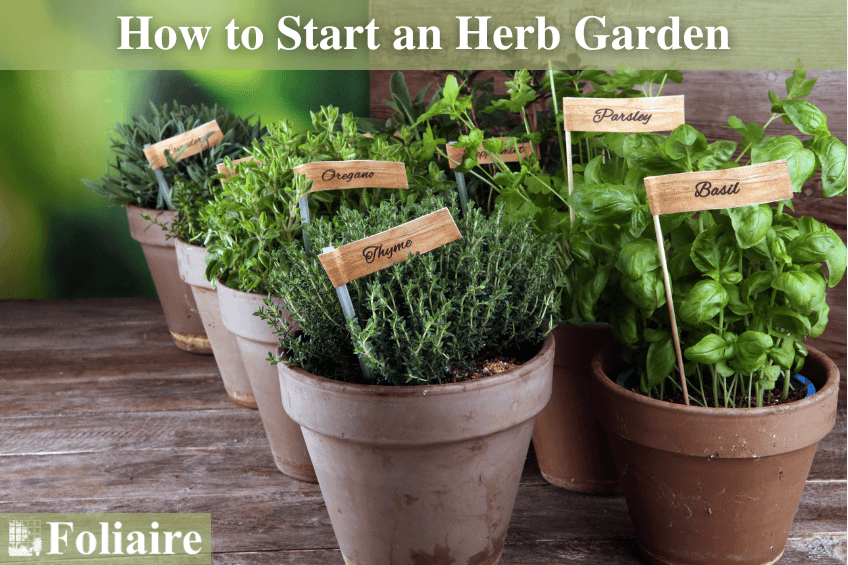
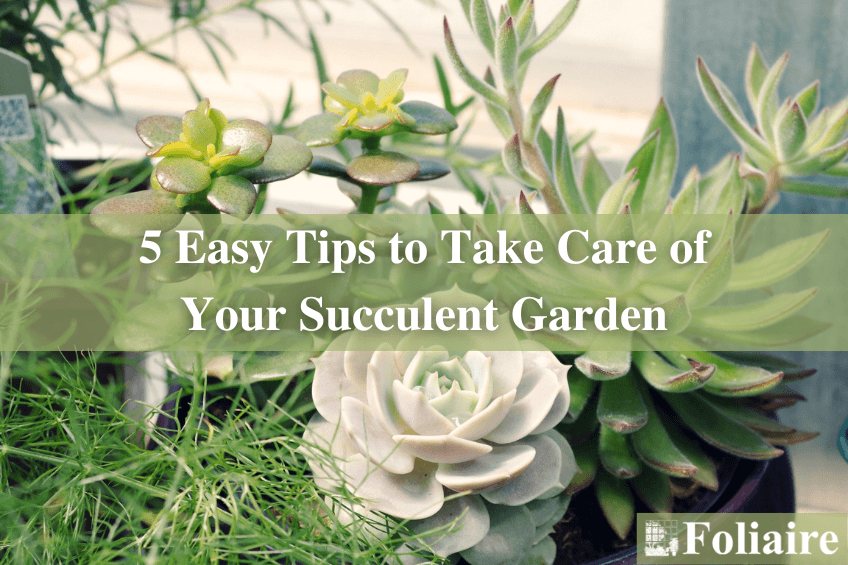
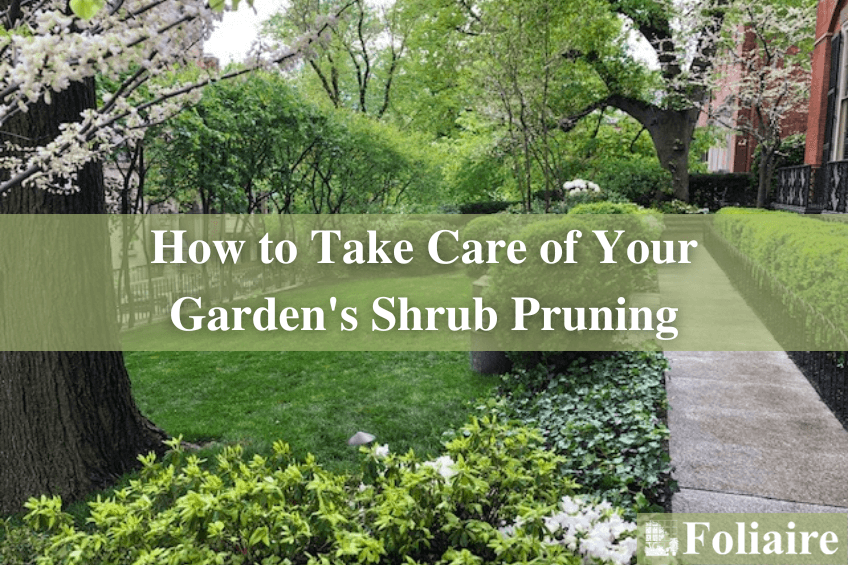

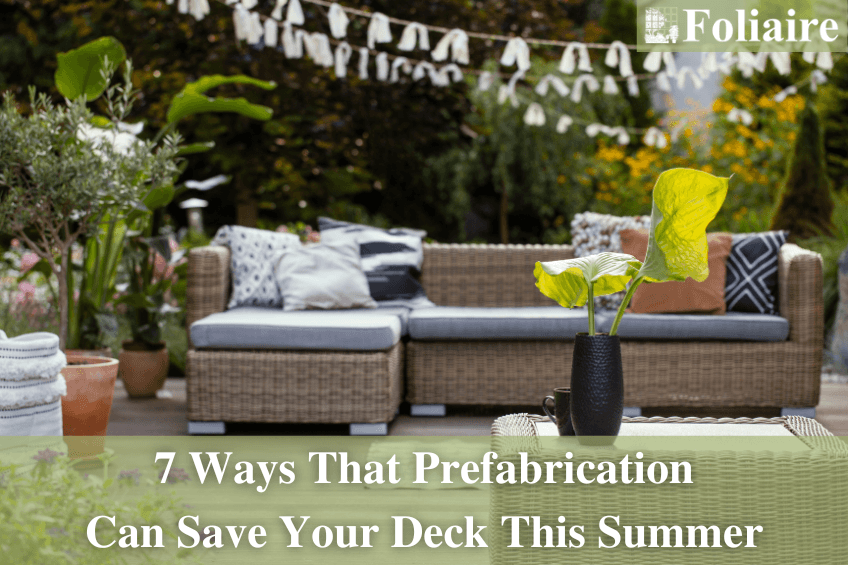


Corporate Gardens Are a Social Hub
Depending on the size of your new corporate garden, you’ll soon find this becomes a central hub for social activity in your office. We’ve all spent so much of the past year in front of computers at home. Now, it’s time for everyone to reconnect.
When employees can speak to colleagues in a social setting, they’ll grow their relationships. This development positively impacts trust and teamwork, which benefits any organization. Thanks to your interior plant design, you’ll give your team a new place to interact.